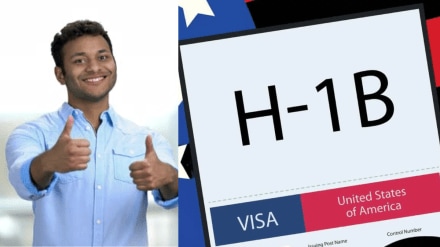H-1B visa system has become one of the trending topics in recent years. Recently, it became an intensive topic over a $100,000 visa application fee that left many worried and confused.
Add to that Trump’s shifting stance on attracting global talent, and the process feels more unpredictable than ever. Yet, in the middle of all the uncertainty, one applicant from Chennai managed to walk out with a stamped approval.
What happened during the interview?
The journey began with biometrics on November 13th. The appointment was scheduled for noon, and although the applicant arrived an hour early, it did not seem necessary. The entire process finished smoothly in about an hour.
The interview was scheduled for 8 AM on November 21st. Even though the applicant reached the consulate at 7:40 AM, there was already a long line outside.
Many applicants arrived early, hoping it would help, but security was calling people strictly by appointment slot, something the applicant recommends checking directly with security rather than guessing.
Ahead in the line were two other H-1B candidates. One had a short conversation and seemed to finish without difficulty. The second faced an intense set of questions; the officer asked about the product they worked on, whether they made modifications based on client requests, whether they built the software from scratch, and why they needed to return to the US if the project was completed.
The applicant appeared nervous, and the conversation ended with a 221G, leaving them in uncertain territory.
Soon, it was the Chennai applicant’s turn.
The interview was surprisingly brief. The officer first confirmed the current employer. Then came a question about what the company does, answered clearly with one simple sentence.
The final question was about salary, and the applicant included the updated figure and bonus structure, explaining that the raise happened after the petition was filed.
The officer listened, nodded, and after a pause simply said, “Your visa is approved.”
What are the documents the applicant carried?
Only the passport was taken. None of the supporting documents were requested, though the applicant carried everything – I-797A, LCA, I-129, DS-160 confirmation, appointment papers, employment verification letters, pay slips and W-2s – just in case.
There was also no confusion about the applicant’s remote work arrangement. The home address listed on the LCA and I-129 matched the same metropolitan area as the company’s corporate location, and the DS-160 listed the home address as the temporary US work location. Nothing about that raised concerns.
(This story is based on a post shared by a social media user. The details, opinions, and statements quoted herein belong solely to the original poster and do not reflect the views of Financialexpress.com. We have not independently verified the claims.)
